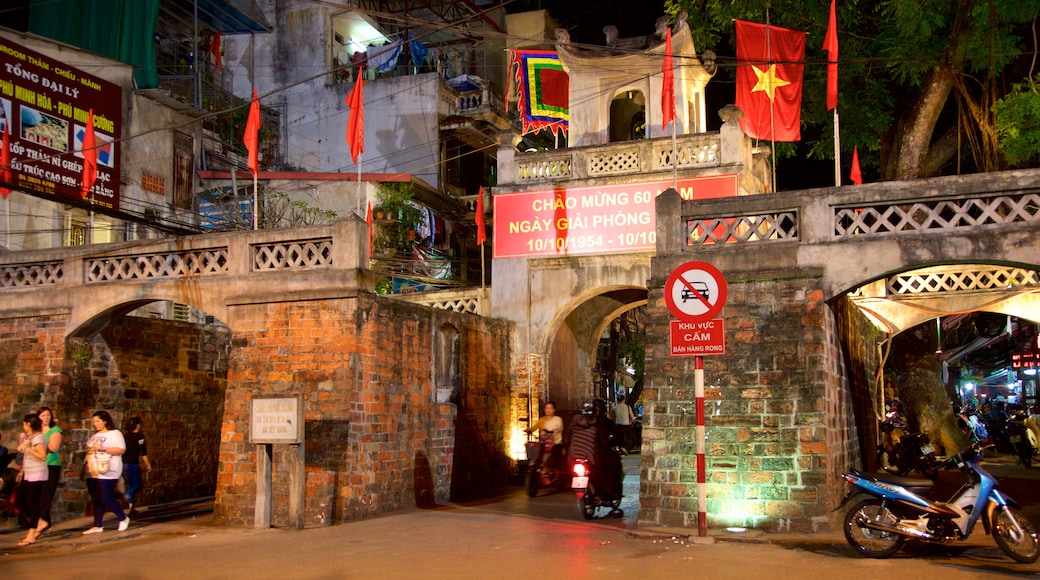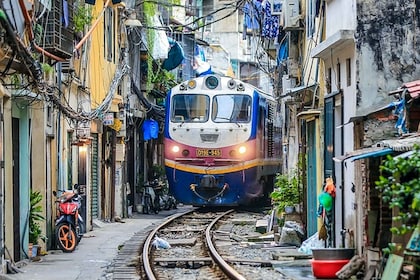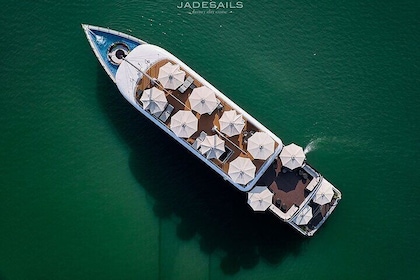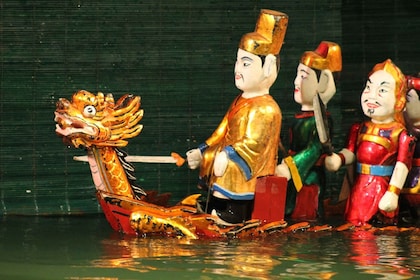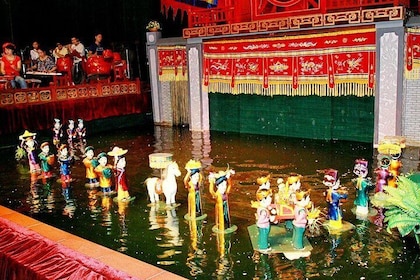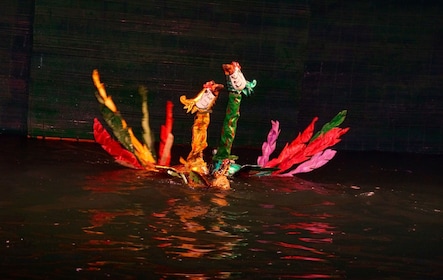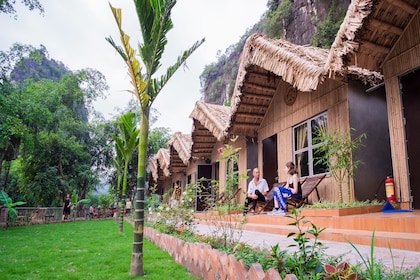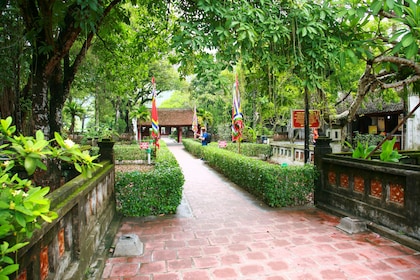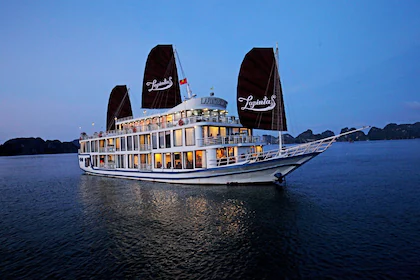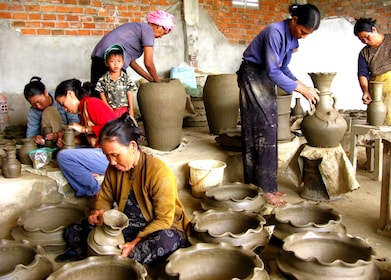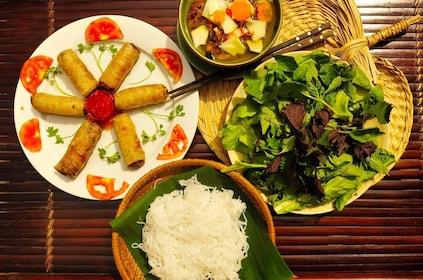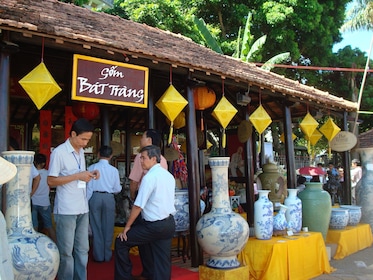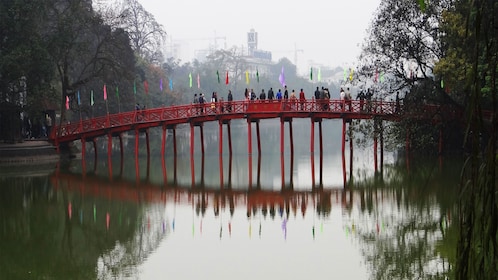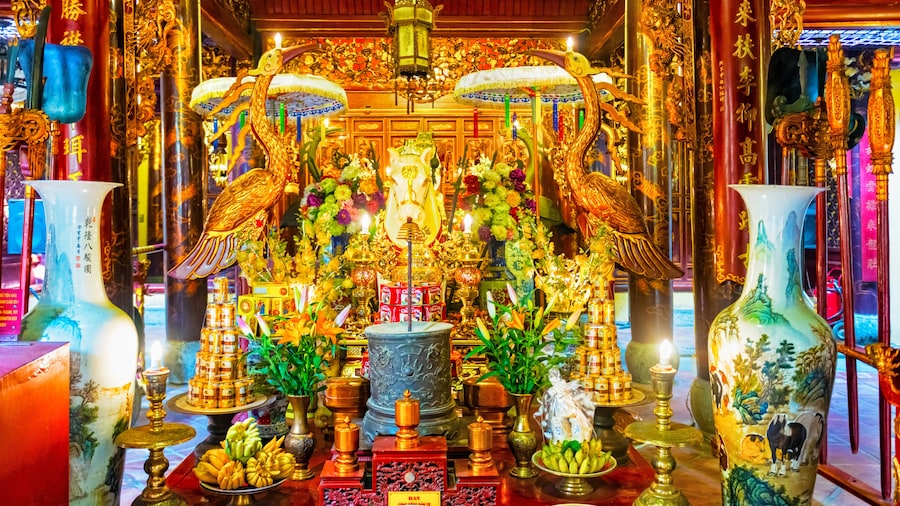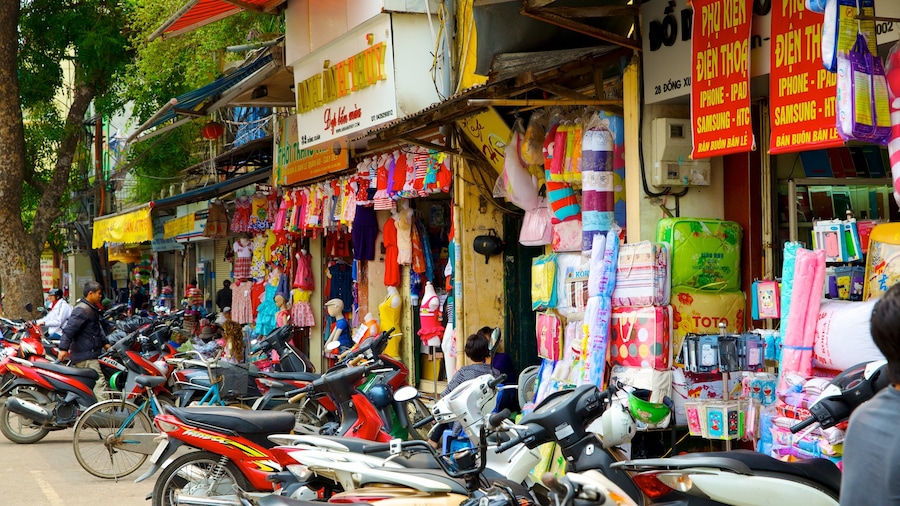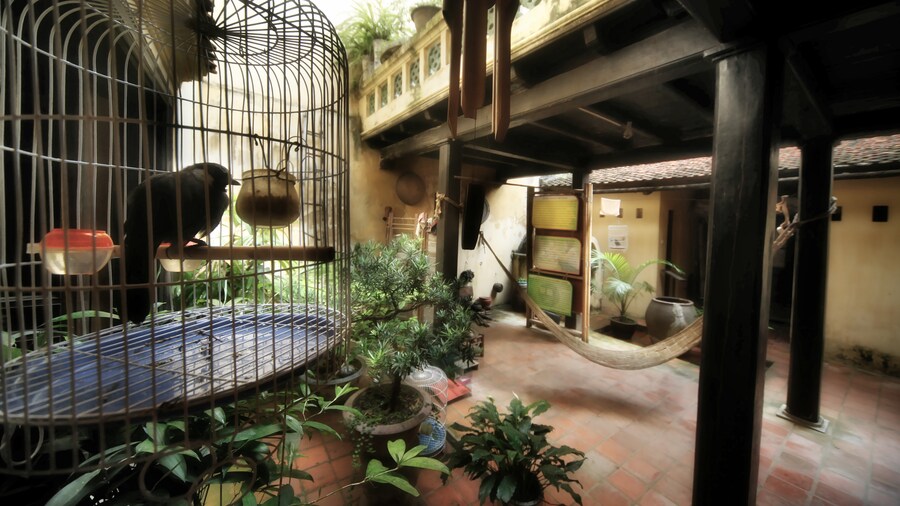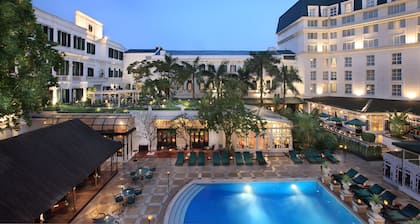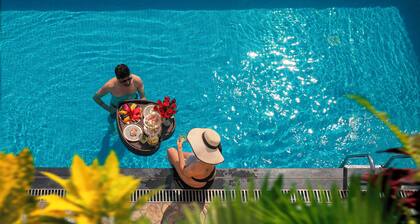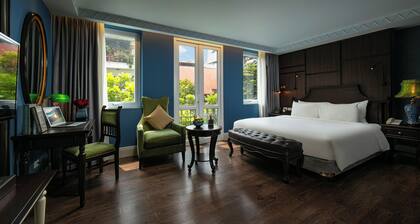Walk through the arched main entrance of the Hanoi Old City Gate and imagine being one of the soldiers who heroically defended the city from this spot during several sieges, as well as the French and American wars. Admire the curved roof of the central tower and gaze up at the red and yellow Vietnamese flag flying in the wind.
Built in 1749, this is the last remaining gate of the many that once surrounded the perimeter of the old city. Known locally as Quan Chuong, it takes its name from a military leader who lost his life fighting the French here in 1843. Reflect on the fact that the gate was important once again in resisting the French in 1946 to 1947.
Note that the gate was also used as a strategic military point during the war against the U.S., with anti-aircraft guns placed here. The gate has maintained its original shape and structure although several restorations have taken place.
The main entrance of the gate faces east toward the Red River. As you approach, you will see the imposing arched entrance. This stands 10 feet (3 meters) high and consists of two levels. Look up to view the traditional curved roof of the gray tower on the upper level. As you get closer, you may also notice a small stele (inscribed column). This was erected in 1882 and includes an order inscribed into it prohibiting soldiers from causing harm to passersby.
Continue through the smaller pedestrian walkways that flank the main entrance to reach the heart of the old town of Hanoi. Here, be sure to check out the vast array of markets where you can find fresh fruit and vegetables or beautiful handmade silk clothing for bargain prices.
Hanoi Old City Gate is located at the intersection that joins Hang Chieu and Dao Duy Tu Street and is directly north of Hoan Kiem Lake.


